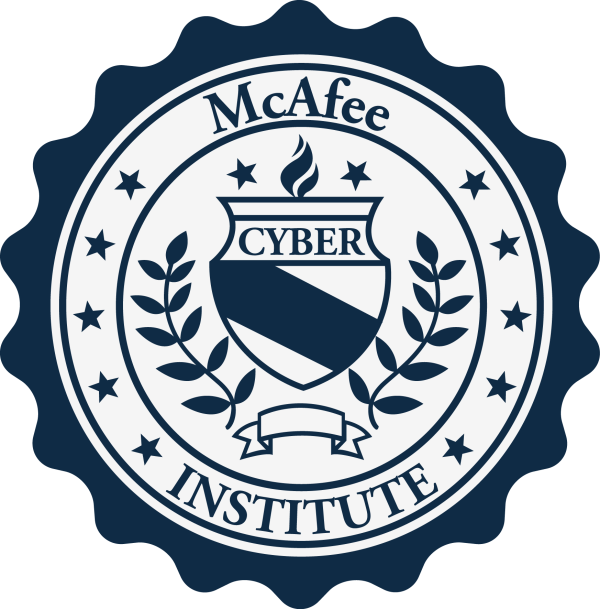To better understand how a shared database enables inter-organizational collaboration works, we will talk about distributed ledger technology. As we’ve been talking about, the blockchain is like another layer to the Internet that enables secure, trusted records and transactions between people who may not otherwise trust each other. The trust is in technology, computer code, and mathematics rather than people and centralized institutions. In this respect, people sometimes talk about the blockchain as a trust machine in its capacity to enable a network where trust is created by design. It’s built into the system automatically because the blockchain creates a trusted database it can function as a record of the value of storage and exchange.
These records of value and transactions may be called ledgers. Since ancient times ledgers have formed the backbone of our economies and have been used to record contracts, payments for the buying and selling of goods, or the exchange of assets like property; these ledges started as records on stone, clay tablets, and papyrus, and later paper, as they evolved into the ledger books supporting modern accounting. These ledgers enabled the formation of currencies trade, lending, and the evolution of banking. Over the last couple of decades, though, these records have moved into the digital realm, as whole rooms of people working to maintain accounts have been replaced by digital computers, making possible the complex global economic system we live in.
Today, this record-keeping system is once again being revolutionized as these ledgers are shifting to a global network of cryptographically secure, fast, and decentralized computers. What we call distributed ledger or distributed ledger technology, DLT for short. A distributed ledger can be described as a ledger of any transactions or records supported by a decentralized network from across different locations and people, eliminating the need for a centralized authority. All the information on the ledger is securely and accurately stored using cryptography and can be accessed using keys and cryptographic signatures. Any changes or additions made to the ledger are reflected and copied to all participants in a matter of seconds or minutes.
The participants at each node of the network can access the recording shared across the network and own an identical copy. At the same time, these networks constantly make examination a full audit trail of the information history, which can be traced back to the moment when a piece of information was created. Every participant in the network can get simultaneous access to a common view of the information. These ledgers can be used to record, track, monitor, and transact all forms of assets. All asset registries, inventories, and exchanges, including every area of economics, finance and currencies, physical assets such as cars and houses, and intangible assets such as votes, ideas, health data, reputation, etc. In this case, the blockchain can serve as a public record repository for whole societies, including registering all documents, events, identities, and assets. In this system, all property could become smart property. This is the notion of encoding every asset on the blockchain with a unique identifier to be tracked, controlled, and exchanged on the blockchain. For example, distributed ledgers could be used to replace or supplement all existing intellectual property management systems, as they can register the exact content of any digital asset, such as a file, image, health record, or code to the ledger and give it a unique identifier in the form of the hash values that we discussed earlier.
There are two main classes of the distributed ledger:
- Public Ledgers
- Permission Ledgers
A public ledger is maintained by public nodes and is accessible to anyone. Bitcoin is a well-known example of a public blockchain where anyone can read the chain, anyone can make legitimate changes, and anyone can write a new block into the chain. Ripple is an example of a permission blockchain where the network creators determine who may act as transaction validators on that network.
Distributed ledger platforms in each category have their own unique features; some are designed for specific applications and others for more general use. For instance, in the Corda DLT platform, a consortium of more than 70 of the world’s largest financial institutions, sharing individual ledger data is limited to parties with the legitimate need to know, which is not the case for public platforms. DLT technology can have a powerful disintermediation effect as data can be put directly onto the shared database by the nodes in the network. There is no longer a need for a centralized organization to provide this service. A developer can create a DLT on a blockchain and use public/private key cryptography to give people secure storage space on that ledger, allowing people to own their own data, which creates a very different scenario to the world we live in today.
Currently, centralized organizations like Google and Facebook suck up all the little bits of data we leave behind us and use them to serve us customized advertisements from which they create their revenue. This results in a huge power imbalance within a society where centralized organizations, armed with teams of mathematicians and computer scientists, use mountains of data to influence people’s behavior towards purchasing their advertisers’ products. Data that is a valuable asset in an information society and of critical importance to tackling major societal challenges are being used against us in many ways creating a stumbling block that societies are becoming increasingly aware of. In a world of distributed ledgers, people have their own little databases on the blockchain. They can own their own data, giving it to organizations to use when and where needed, fundamentally reversing the current dynamic and truly empowering individuals. Your health records reside in your health ledger, and different health care providers can access and update that single record, but only with the permission of the end-user, as the data remains theirs. Additionally, they choose who can have access to it. Likewise, when people own their own data on a distributed ledger, they can transact directly peer-to-peer, as is the case with Bitcoin.
With the existing traditional system, when you pay for a ride in a taxi with a credit card, it looks like you’re paying the driver directly. In fact, what is happening is that a database record belonging to my bank is being debited. A database belonging to the bank of the taxi company that the driver works for is being credited. In this respect, we can note that in our society, value and data do not really belong to individuals; all the time, they’re being held behind the walls of some centralized organization, and we are dependent upon them to secure and validate it, creating huge power imbalances within society.
In contrast, the individual has a ledger record and a secure key to access their records with the Bitcoin blockchain. When they send money, they send it directly to the other person’s record; it simply gets debited from your record and adds to theirs directly, peer-to-peer. No centralized organization holds that data.
Distributed ledger technology can greatly improve transparency, reduce corruption and improve security while reducing overhead costs of auditing, accounting, and legal issues. Currently, records of value are hidden within the databases of centralized organizations, where they are largely accessible for their many possible uses within other systems. They are open to manipulation by members within those organizations, which breeds corruption. Because of that, there must be all sorts of regulations and legal requirements that create many overhead costs. Added to this, they are centralized points of failure for critical data sources as large concentrations of valued data prove very attractive for malicious actors. Likewise, it is inefficient to be constantly updating and synchronizing data across many centralized databases. Putting the information on a shared ledger can be easily made accessible and visible on-demand as needed. Because it is tamper-proof, we can remove any existing corruption points and the associated need for regulation. Likewise, it is made secure by the distributed network without a single point of failure and continuously synchronized across all nodes to create a single source of truth for all users.



Post your comment on this topic.